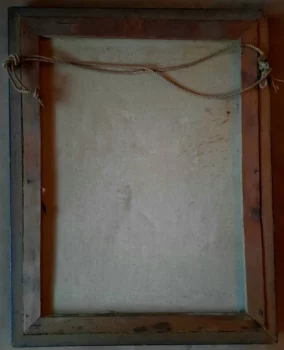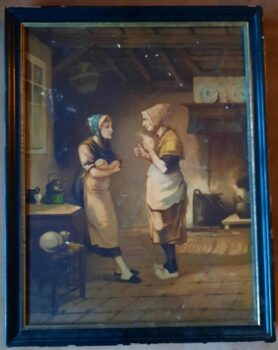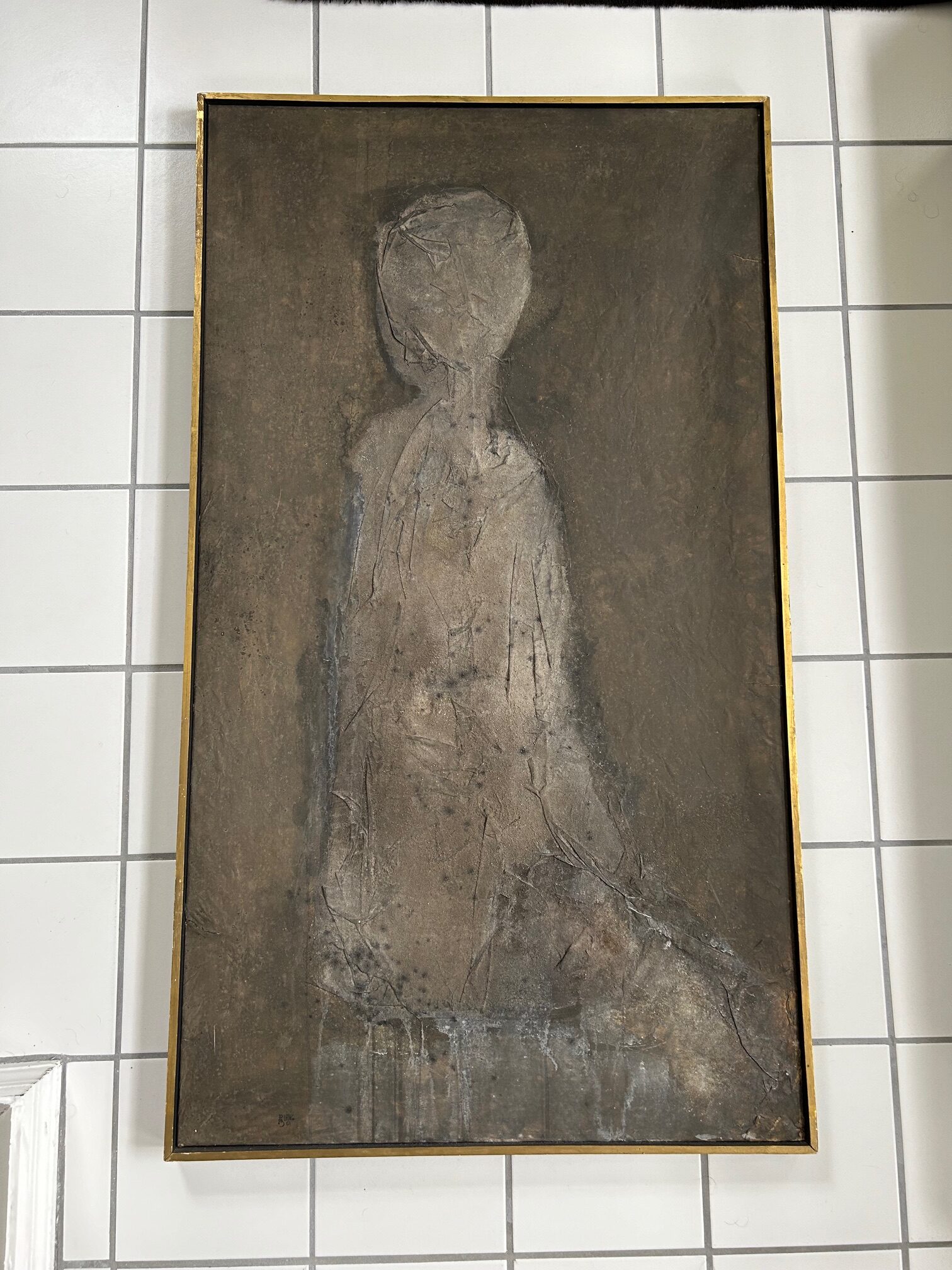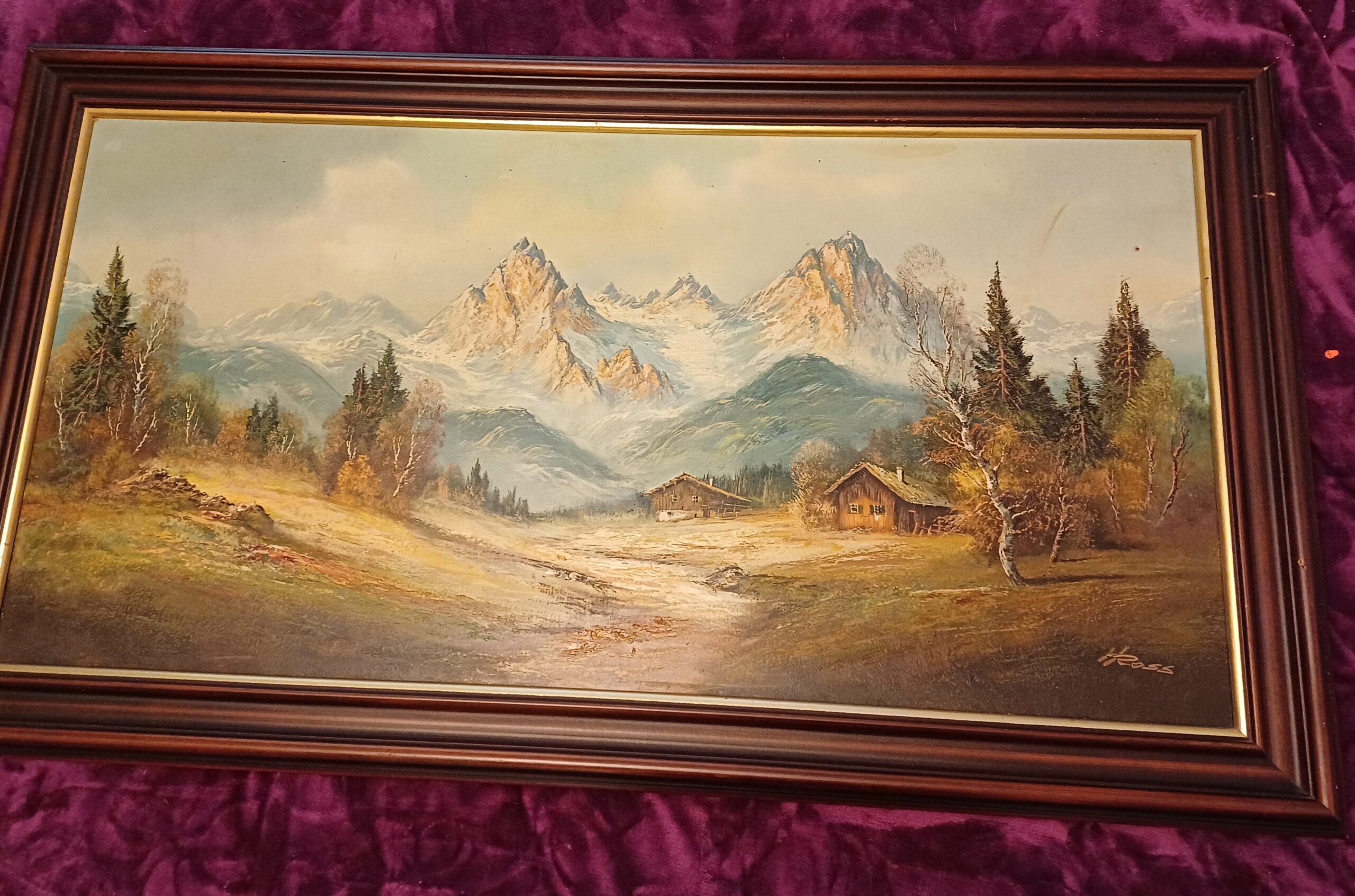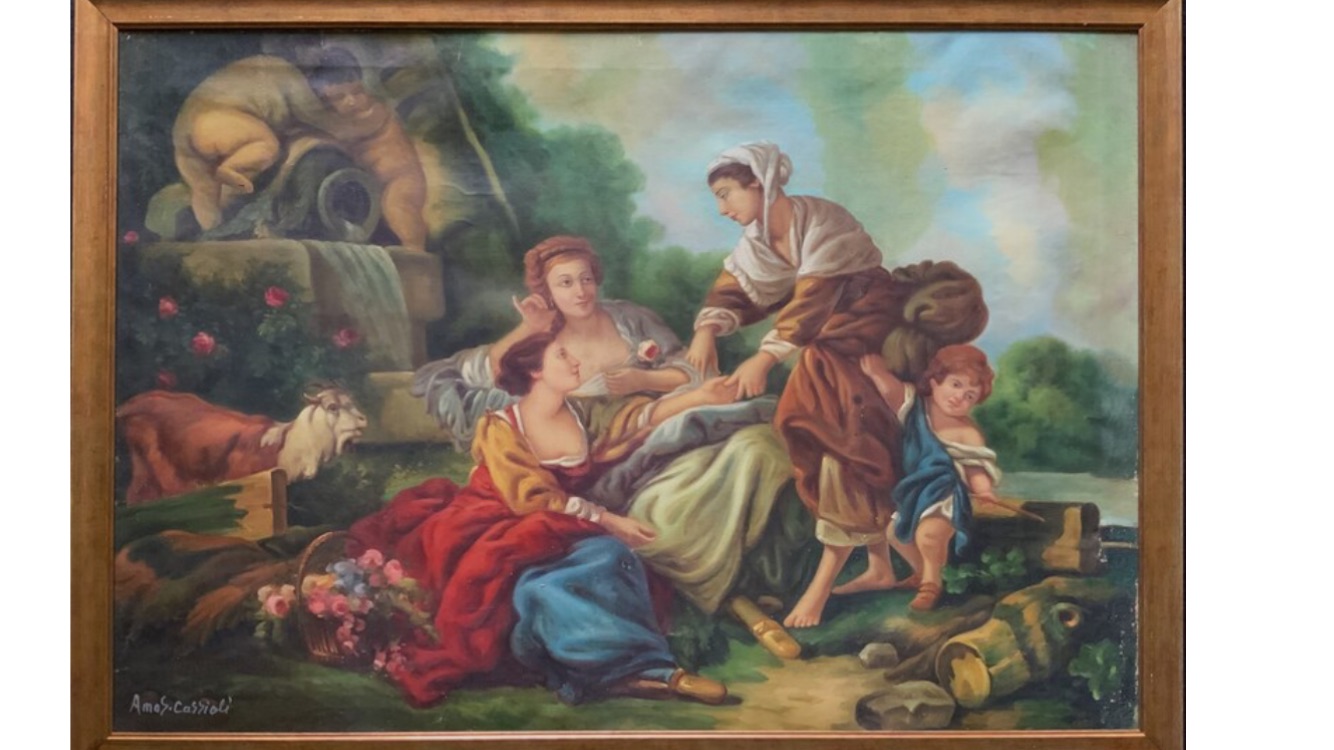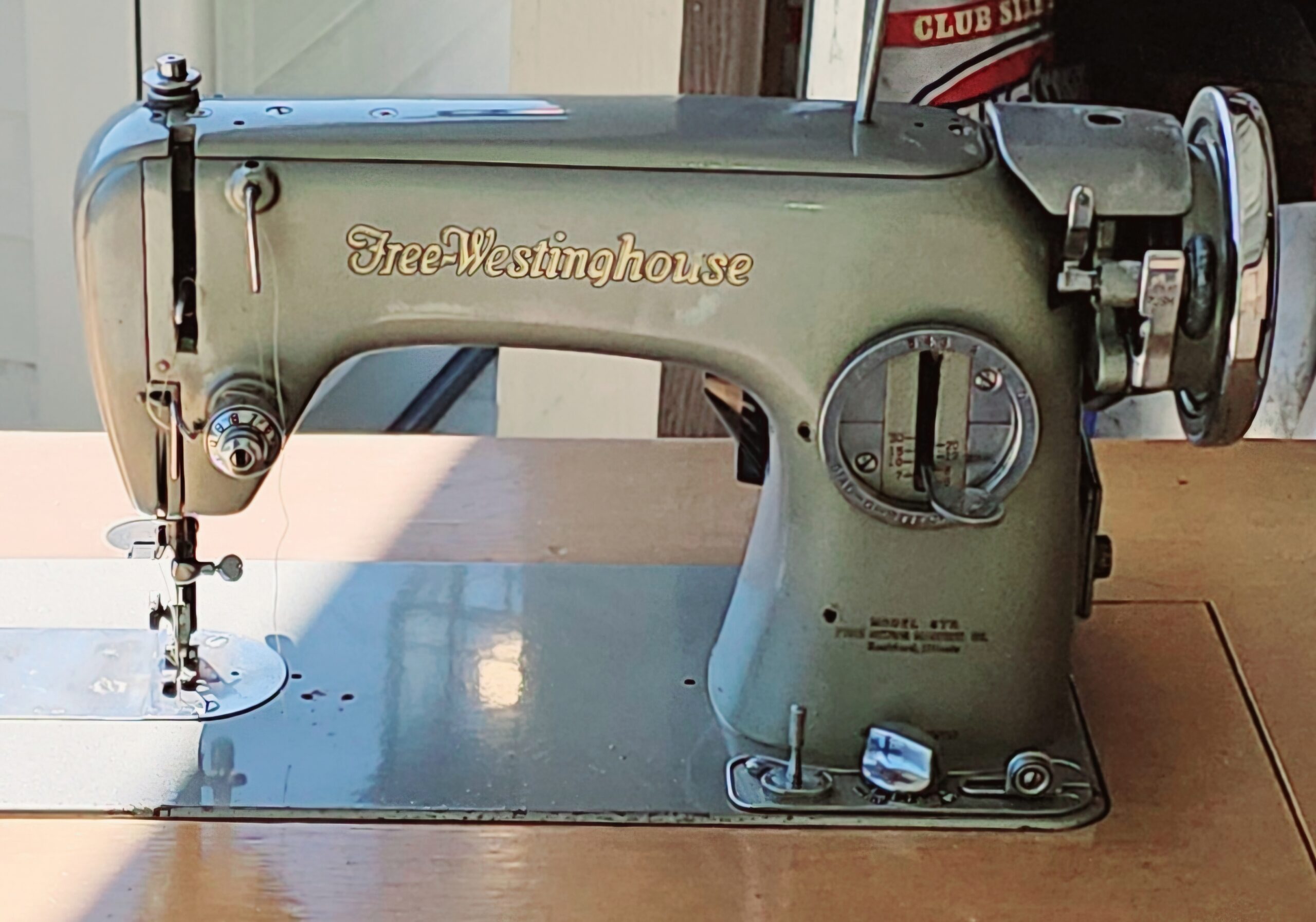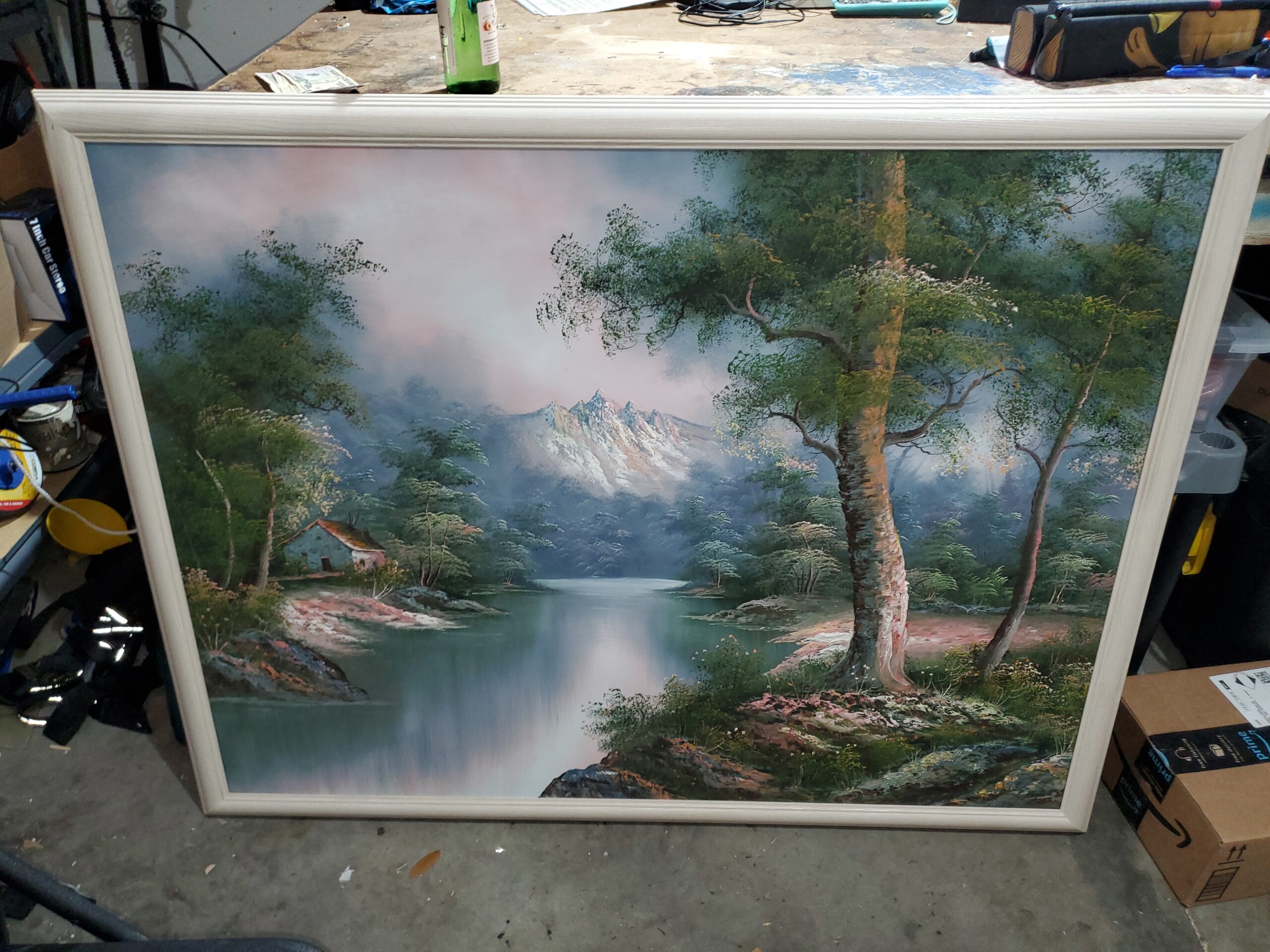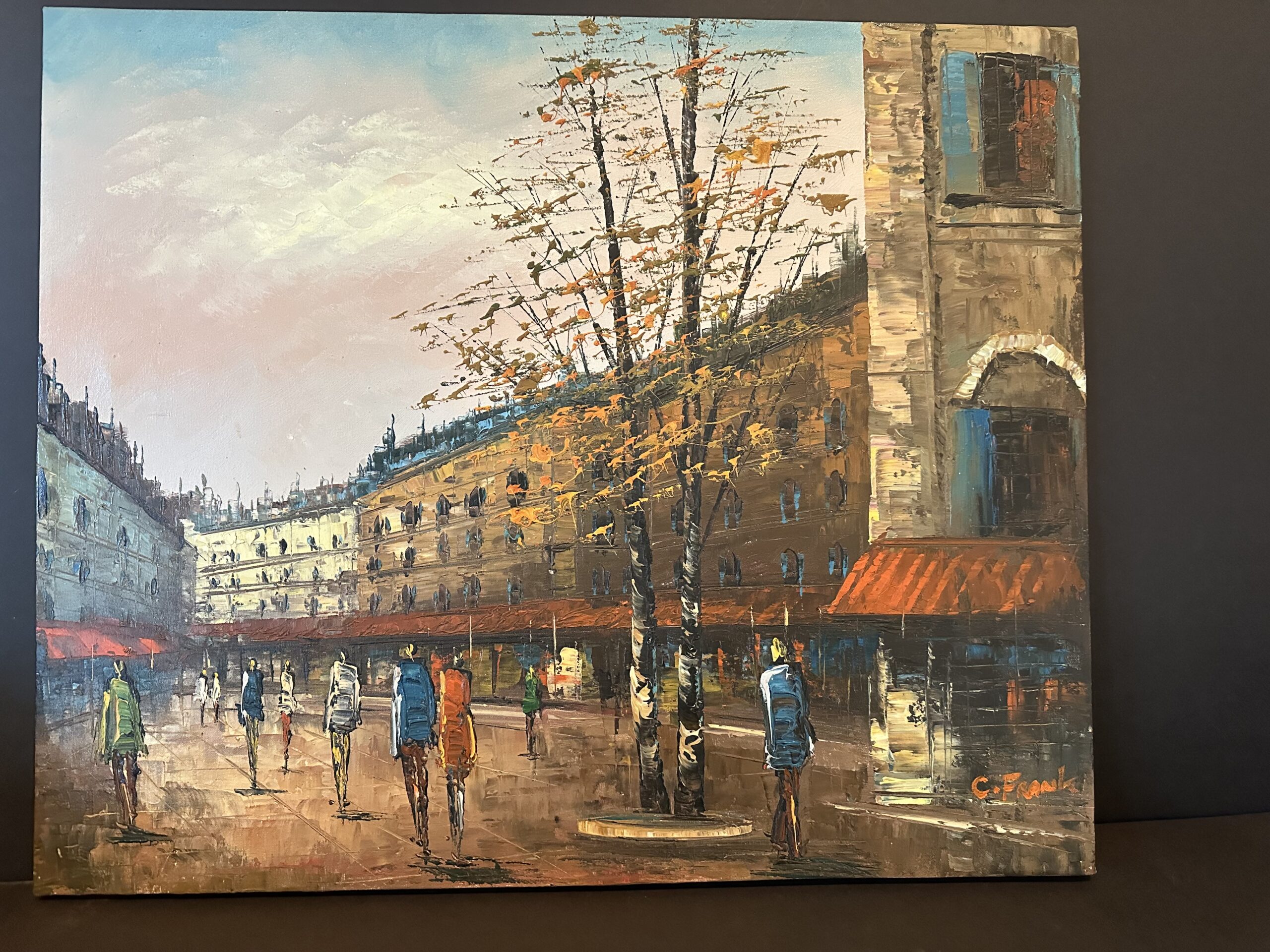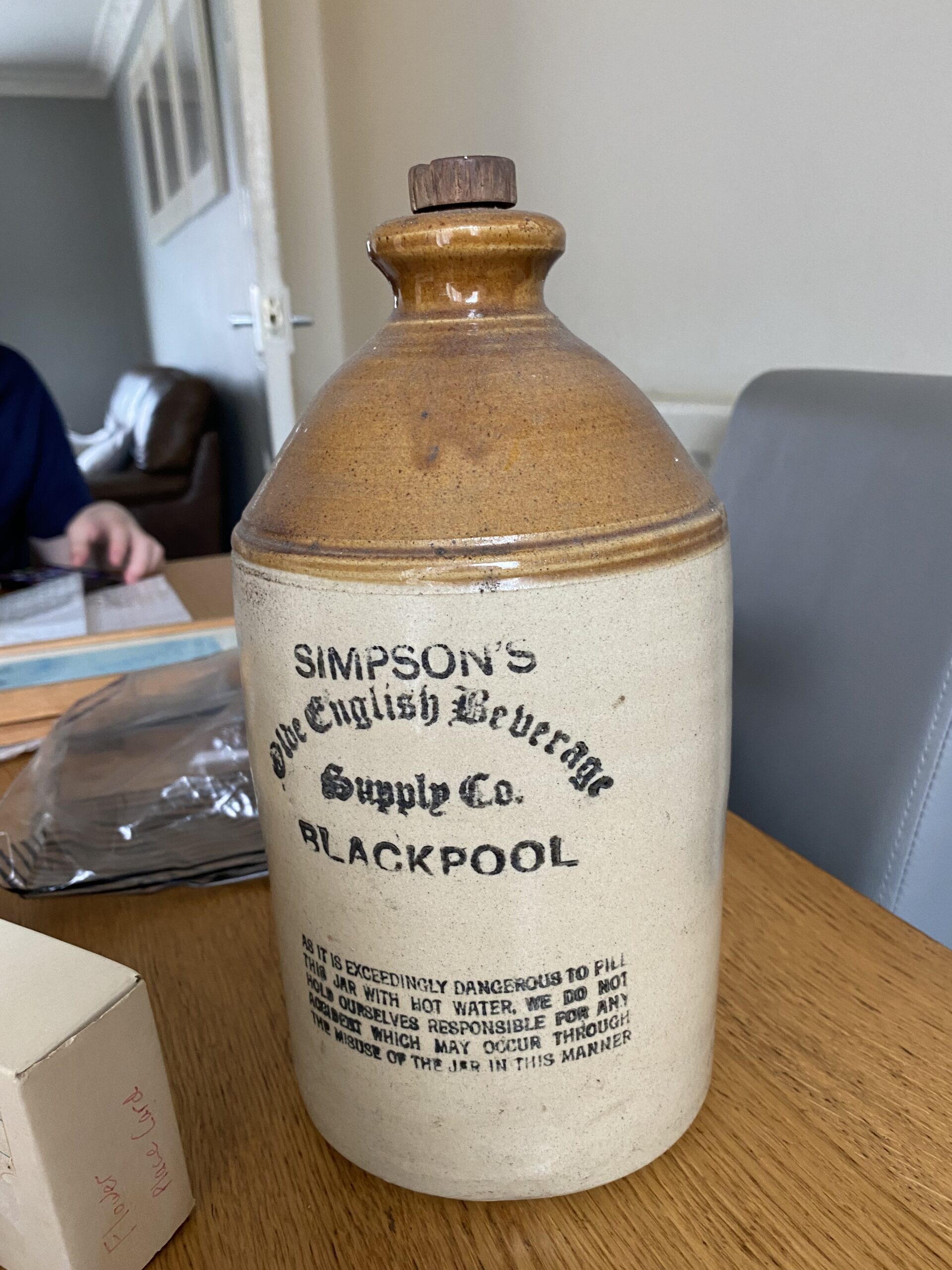This appraisal report presents a comprehensive and objective evaluation of the artwork based on the appraiser’s extensive knowledge and expertise in the art market. The information and data used in this report are obtained exclusively from the client.
Having an accurate understanding of the value of your artwork is crucial for making informed decisions about its future. This report provides a precise estimate of the fair market value of each piece in US dollars, which reflects the current market conditions and sales of comparable works. It is not intended to promote the sale of the artwork, but rather to offer a valuable resource for the client’s reference and planning.
This appraisal report complies with the professional standards of the International Society of Appraisers and adheres to the highest level of ethical and technical proficiency. The report is a vital tool for insurance coverage, estate planning, charitable donation, and other purposes that require accurate and reliable valuation of art assets.
Detailed description of the artwork, including its medium, dimensions, and condition.
Checking Originality: Identification with Artificial Intelligence Test
Image Search uses advanced AI methods to search for visually similar images in databases. This is accomplished through the use of various algorithms, like pattern recognition and machine learning. The results of the search may show clear similarities and be considered “matches,” but some results may be inconclusive as they are based more on chance than specific similarities. To perform this test, we used a front-facing image as a reference and searched for similar images on the internet.
The results of the automatic recognition are not conclusive. If a match is found, it will be shown below:
What specific information can we obtain from this test?
I have determined that this artwork is an original painting, as it is an oil painting on linen, by Victor Mahu, an important French painter of the 17th century. It is also a very large painting, measuring 15.5 x 20.5 inches, which is a size that is often used for an original painting. Additionally, the painting is of a kitchen scene featuring two women, which is an unusual subject for a print or lithograph. The quality of the painting is also very high, which is a sign that it is an original artwork. All of these factors combined make it clear that this artwork is an original painting, not a reproduction, limited edition print or a print or lithograph.
Age estimation
As an art appraiser, I am able to determine the age of this painting through a few methods. Primarily, I can use the artist's lifetime to determine when the painting was created. This particular painting is by Victor Mahu, who was active between 1647 and 1700. Therefore, I can safely assume that the painting was made during this time period. Additionally, I can examine the painting's materials, such as the oil on linen and the size 15.5 x 20.5 inches, to determine its age. Through this examination I can compare it to paintings from the same era and the same artist to determine its age. Furthermore, I can also look at the painting's color palette, which can also tell me when it was painted. By looking at the painting's composition and the color palette used, I can compare it to other works from the same era and make an accurate assessment of the painting's age.
Based on this information and the pictures provided, I can estimate this painting was made
Condition of the artwork
This is a fine quality painting by the Dutch artist Victor Mahu, dated to the late 17th century. It is an oil on linen painting, measuring 15.5×20.5 inches. The painting depicts a kitchen scene with two women, and is in very good to excellent condition. The colors are vibrant and the composition is pleasing to the eye. The brushwork is skillfully done, with attention to detail and realistic expression. The painting is well-preserved, with no evidence of cracking, flaking, fading or other damage. Overall, this is an attractive and well-executed painting by a master painter.
Artist’s name, biographical information, artwork’s provenance (history of ownership) and exhibition history.
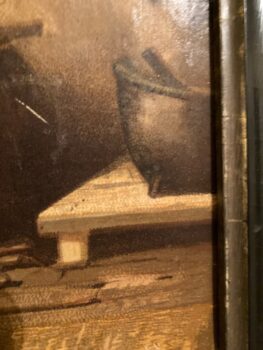
As part of my appraisal process, I conduct a thorough examination of the artwork, paying special attention to the signature and other identifying features. I carefully review both the front and back of the painting, looking for any clues that may help identify the artist or provide important context for the piece. Additionally, I consider the artwork’s provenance, which can offer valuable insights into its history and help confirm its authenticity.
A close picture of the signature is included in this report.
I can read the signature as:
M
At this point, I can use the signature and try to find the artist’s name in a database of known-listed artists. Basically, it is a database with information about the names, surnames, origins, and biographies of the most well-known artists.
I found that the artist who painted this artwork is a listed artist (accordingly to the description) Victor Mahu 1647-1700. Victor Mahu was a Flemish painter active in Antwerp during the late 17th century, who specialized in genre painting. He was the son of the Antwerp-based painter Cornelis Mahu and trained with his father, becoming a master in the Antwerp Guild of St Luke in 1689/1690. He was active in Antwerp until 1700, the year in which he died. His genre paintings were strongly influenced by those of his father whose work was close to that of Adriaen Brouwer, Adriaen van Ostade and David Teniers the Younger. He is mainly known for his genre scenes of drinkers, card and board game players, dancers, musicians, peasants, cooks, and maids placed in tavern or kitchen interiors. These paintings demonstrate his skill at depicting everyday life scenes, and are highly sought after by collectors.
Detailed analysis of the artwork’s style, subject matter, and significance within the artist’s oeuvre and the broader art world.
I can check if the style and type of painting match those of the artist referenced.
This fine quality painting by Victor Mahu is a beautiful example of Dutch genre painting. The painting depicts two women in a kitchen scene, with one woman seated and the other standing in the background. The artist uses light and shadow to create a dramatic atmosphere, with the focus of the painting on the seated woman. The painting is rendered in a vivid and detailed style, with intricate brushstrokes, vibrant colors and an eye for detail. The artist skillfully uses color, composition and perspective to create a balanced and harmonious composition. The painting has a classical and timeless quality that has been skillfully captured by the artist.
Comparable sales information, including prices realized at recent auctions or private sales of similar works by the artist or in the same medium.
In order to provide an up-to-date estimate of the fair market value for the painting, A Fine Quality Painting by Victor Mahu (1647-1700) Oil on linen with Size 15.5×20.5 inches Two woman in Kitchen Scene, I utilized the data collected, including auction prices and other relevant market information. This is crucial as it can be used in various contexts such as insurance, estate planning, and art market analysis. It also offers a valuable insight into how the valuation of the painting may have changed due to environmental or economic factors.
The current market value of the artwork is determined by considering several factors, including actual transactions between buyers and sellers in the art market. Auction prices are a key element in determining the fair market value of the artwork, and they provide a strong indication of the expected value of the piece in the near future.
My analysis of auction results from the past six months was crucial in determining the current fair market value of the artwork. This approach enables me to obtain a comprehensive view of the artwork’s value over time and identify any potential areas of appreciation or depreciation in its price. Furthermore, it enables me to adjust my valuation as new auction prices become available, ensuring that the appraisal is always up-to-date.
Conclusion
Investing in art can be a great decision, as it can be a long-term investment that can yield substantial returns. Many pieces of artwork, such as a painting by Victor Mahu, can increase in value over time. Not only is art a potential financial asset, but it can also be a beautiful addition to any home. A painting by Victor Mahu, such as the two woman in Kitchen Scene, would add a unique and timeless beauty to any room. It would also be a conversation piece that could be passed down through generations. Furthermore, the painting would be a reminder of the artist's powerful legacy. Therefore, investing in art is an excellent decision for both financial and aesthetic reasons.
Based on the evidence presented in this report, Victor Mahu's painting is a valuable work of art from the late 17th century. His painting of two women in a kitchen scene is exquisitely detailed and finely crafted, indicating a high level of skill and expertise. The oil on linen composition is of a high quality, with an impressive size of 15.5 x 20.5 inches. Furthermore, the painting's connection to a renowned French Baroque artist makes it an extremely desirable piece. Therefore, it can be concluded that the painting is of considerable value and would be a valuable addition to any art collection.
Final Appraisal Value ($)
15,000-17,000$
Appraisal Report made by:
Andrés Gómez
BSc, MSc, Expert Art Appraiser
10+ years of experience in Online Art Appraisals
100k+ Customers Served
Antique Store Owner
You can check my portofolio of past appraisals here:
https://www.appraisily.com/andres-portofolio/

Relevant photographs or supporting documentation, such as condition reports or expert opinions
A detailed summary of the appraisal process and the appraiser’s qualifications.
Mark-to-market art appraisal is a vital method for determining the current value of a piece of artwork. This form of valuation requires an appraiser to consider various factors, such as market conditions, the condition and age of the artwork, and the artist’s reputation. By taking all these elements into account, a mark-to-market art appraisal delivers an accurate assessment of a piece of artwork’s current market value.
The artist’s reputation, as determined by their track record in gallery and museum shows, awards, and other accomplishments, is also considered in mark-to-market art appraisal. Appraisers use this information to determine if the value of a piece is likely to increase or decrease over time. Additionally, they will inspect the condition of the artwork and note any signs of wear or damage that might affect its future resale value.
When performing mark-to-market art appraisals, appraisers also consider market conditions by researching current art market trends and comparable works that have recently sold. This information is used to provide an estimate of a piece’s worth at that point in time. By considering all of these factors, mark-to-market art appraisal is able to give a reliable indication of the current value of a work. This kind of valuation can also ensure fair prices are paid and received when buying or selling art.
In summary, mark-to-market art appraisal is a crucial tool for determining the true value of a piece of artwork, enabling buyers, sellers, and appraisers to make informed decisions regarding its worth. It takes into account multiple aspects to provide an accurate assessment of the current market value of a work. This information can be used to ensure that buyers and sellers are getting a fair price for the artwork, and that the appraiser’s valuation is up-to-date and reflective of current market conditions.
In the case of insurance replacement appraisals, mark-to-market art appraisals can also be used to accurately estimate the cost of replacing a lost or damaged artwork. The current value, as determined by the appraisal, is then used to determine the amount that the insurance company will pay back to the policyholder. This way, policyholders can rest assured that they will receive an appropriate sum for any artwork that needs to be replaced due to accidental damage or theft. Additionally, this kind of valuation helps insurers ensure they are not being overcharged when artwork needs to be replaced as part of a claim settlement.
The appraisal process is a thorough evaluation of the item or items in question. It involves researching and analyzing the information provided by the requester in order to provide an accurate estimate of its value. The appraiser takes into account factors such as condition, rarity, demand, and market prices. Photographs and detailed descriptions are especially important when providing an appraisal, since they help the appraiser identify any potential flaws or defects that could affect the item’s worth. By using all the resources that are available, an evaluation can be done quickly, efficiently, and with a high level of accuracy.
A statement of the appraiser’s liability and any potential conflicts of interest.
A qualified art appraisal, also known as a formal written evaluation, is a professional assessment of the monetary value of a piece of art by an individual who has specialized knowledge, expertise, and training in the field of art appraisal. This person must meet certain educational and professional requirements, including experience in researching and evaluating art, as well as knowledge of the art market and current market trends. The purpose of a qualified art appraisal is to provide an objective and unbiased opinion of the value of a piece of art for various purposes, including insurance claims, tax planning, estate planning, or to help determine a fair price for a sale or purchase.
We are committed to providing our clients with the most accurate and unbiased appraisal reports. To ensure impartiality, we adopt a flat rate, fixed fee structure for all appraisals, instead of a percentage-based fee. This eliminates any potential conflicts of interest between the art appraiser and the final report value. Our appraisal reports are in compliance with the Appraisal Foundation’s USPAP (Uniform Standards of Professional Appraisal Practice) standards and guidelines, which are widely accepted as the ethical and performance standards for appraisers. This guarantees that our reports are of high quality and legally defensible.
How to sell this artwork.
We have a structured guide to help you sell your artwork, you can find it here.
